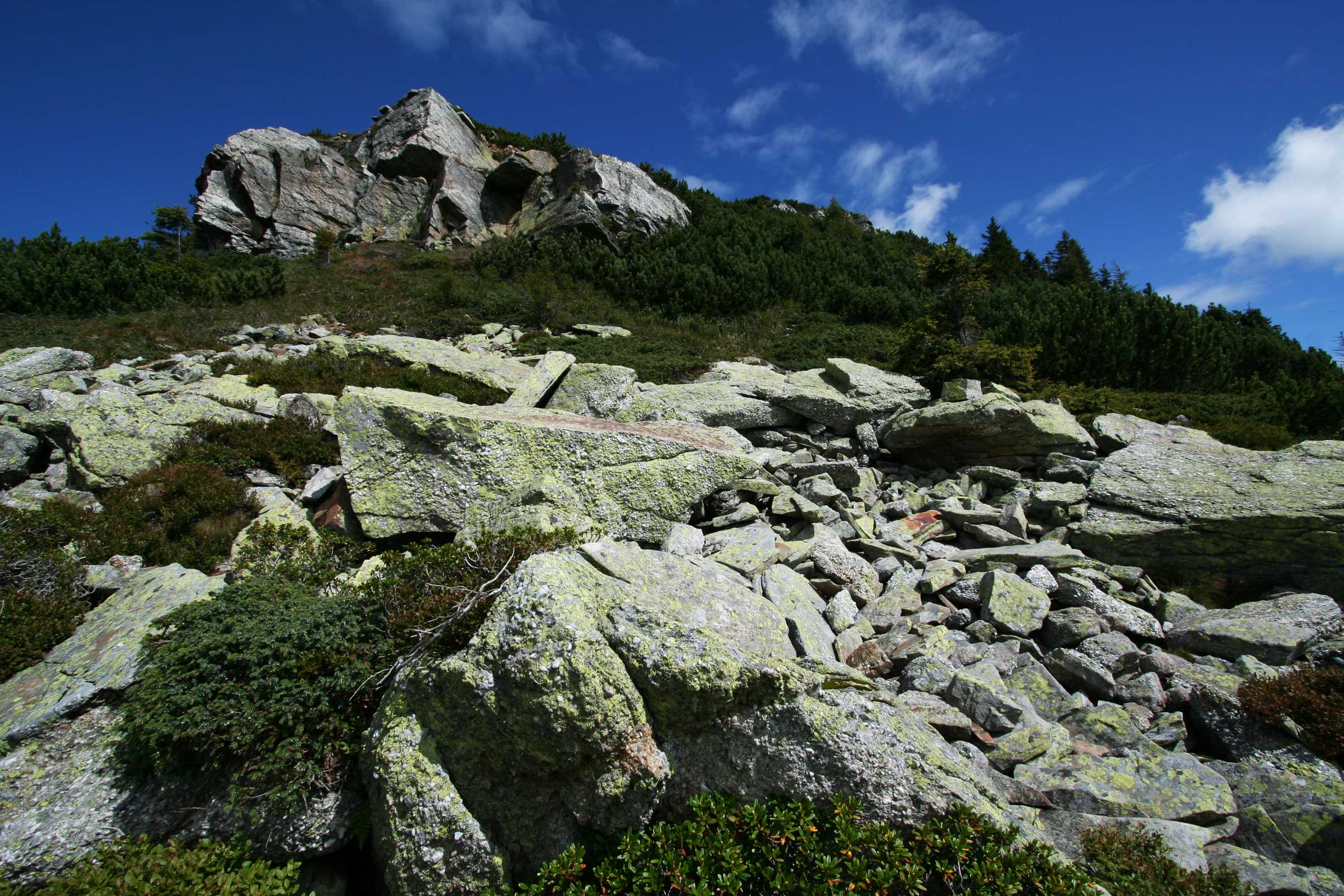The steep path that leads to this stop develops in a low bush and at times presents banks of quartz conglomerate (fluvial-delta environment) and algal limestone (marine environment). Among the latter, there is a very characteristic one: it is only 80 cm thick and is formed by billions of fusulinid shells, one on top of the other! These are single-celled organisms with a fusiform carbonate shell that can reach over 1 cm; they were extinct at the end of the Permian. Another peculiarity of this fusulinid bank is that all the shells are silicified: the silica has chemically replaced most of the calcium carbonate of which they were originally made. It is believed that to form such particular calcareous bank the fusulines either were exterminated by a very violent storm, or by temporary lack of oxygen in the water, perhaps connected to an abnormal and pervasive algal proliferation.
Cerca
Ultimi Post
- The temporary exhibition “The Wonders of the Underworld – Ampezzo, 20th June 2020
- The Geological Museum in Ampezzo opens next Saturday
- The temporary exhibition “Fossil fish from the Friulian Alps” opens again
- Coronavirus Emergency – extraordinary closing
- Presentation conference – book “INSIDE THE CARNIC ALPS” – Udine, 25th June 2019

